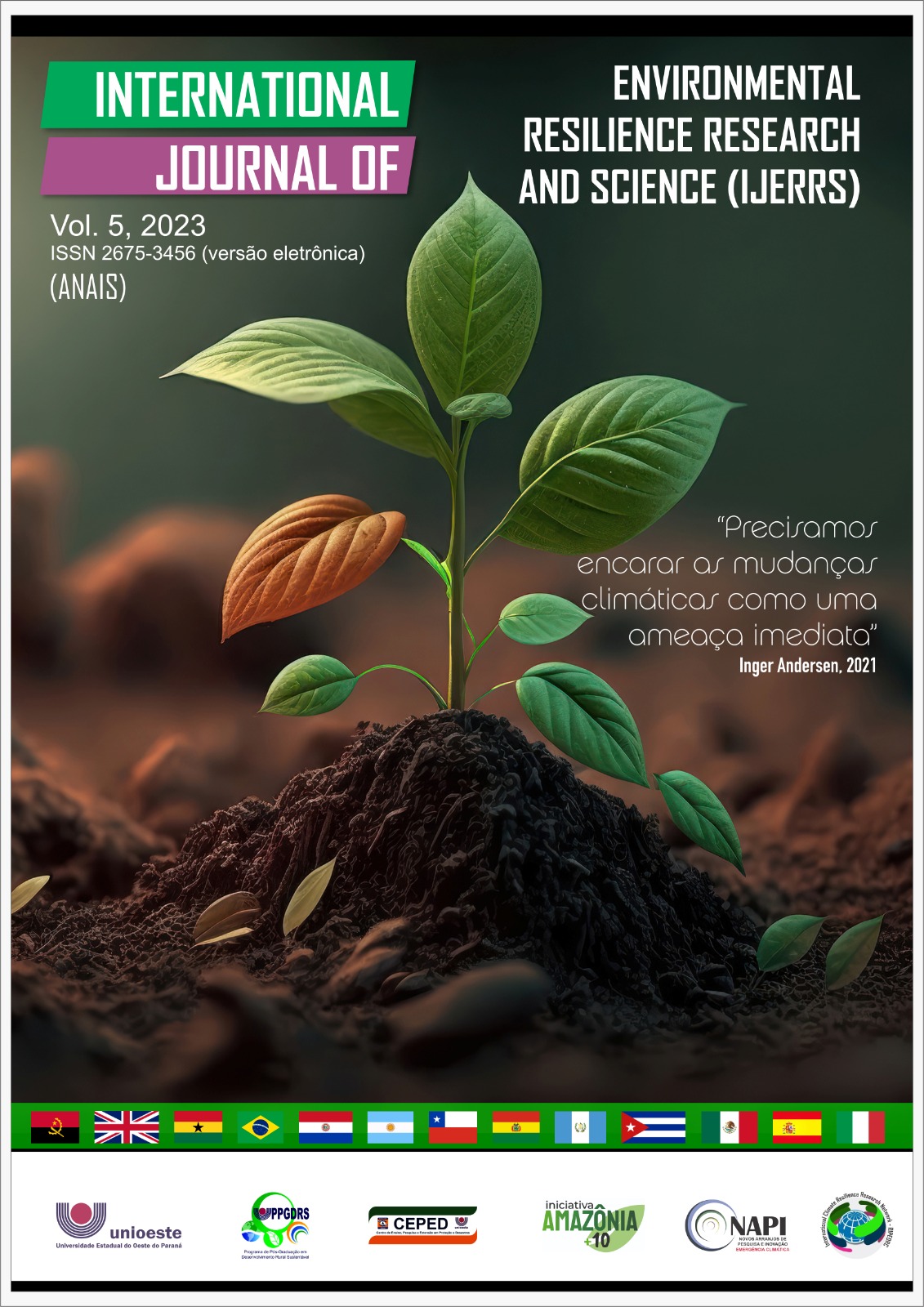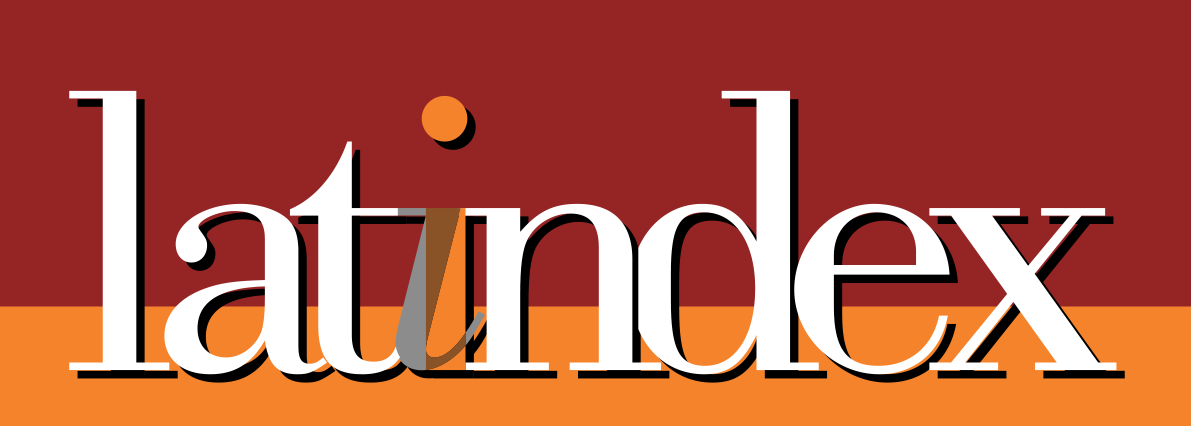A Educação Ambiental e o Futuro: Um Compromisso Essencial para a Sustentabilidade
DOI :
https://doi.org/10.48075/ijerrs.v6i3.32256Résumé
A educação ambiental desde a infância é vital para o desenvolvimento de uma consciência sustentável. As crianças, desde tenra idade, devem aprender a valorizar e cuidar do meio ambiente. Atividades práticas, adaptadas às suas capacidades, podem ensiná-las sobre a importância de proteger a fauna e a flora, fundamentais para a perpetuação de sua própria espécie. A família desempenha um papel crucial neste aprendizado inicial, embora nem sempre essa responsabilidade seja cumprida. Dessa forma, a escola assume um papel fundamental na educação ambiental. Uma metodologia eficaz para ensinar as crianças sobre o cuidado com o planeta é através de histórias e práticas que envolvam o uso de materiais reciclados. Essas atividades não só despertam a criatividade e o interesse dos pequenos, mas também os ensinam sobre a reutilização de recursos e a importância da redução de resíduos. Por exemplo, a construção de objetos a partir de materiais reciclados pode ser uma forma divertida e educativa de introduzir conceitos de sustentabilidade. Essas práticas educativas, quando iniciadas na infância, têm o potencial de formar adultos mais conscientes
e responsáveis em relação ao meio ambiente. A educação ambiental nas escolas,
complementando o papel da família, é essencial para construir uma sociedade mais
sustentável e responsável, onde cada indivíduo compreende seu papel na preservação do planeta para as futuras gerações.
Palavras-Chave: Educação Ambiental; Sustentabilidade; Reciclagem; Consciência
Ecológica.
Téléchargements
Publié-e
Comment citer
Numéro
Rubrique
Licence
(c) Tous droits réservés Journal Internationale de Recherche et de Science sur la Résilience Environnementale 2023

Cette œuvre est sous licence Creative Commons Attribution - Pas d'Utilisation Commerciale - Partage dans les Mêmes Conditions 4.0 International.
Aviso de Direito Autoral Creative Commons
Política para Periódicos de Acesso Livre
Autores que publicam nesta revista concordam com os seguintes termos:
1. Autores mantém os direitos autorais e concedem à revista o direito de primeira publicação, com o trabalho simultaneamente licenciado sob a Licença Creative Commons Attribution que permite o compartilhamento do trabalho com reconhecimento da autoria e publicação inicial nesta revista.2. Autores têm autorização para assumir contratos adicionais separadamente, para distribuição não-exclusiva da versão do trabalho publicada nesta revista (ex.: publicar em repositório institucional ou como capítulo de livro), com reconhecimento de autoria e publicação inicial nesta revista.
3. Autores têm permissão e são estimulados a publicar e distribuir seu trabalho online (ex.: em repositórios institucionais ou na sua página pessoal) a qualquer ponto antes ou durante o processo editorial, já que isso pode gerar alterações produtivas, bem como aumentar o impacto e a citação do trabalho publicado (Veja O Efeito do Acesso Livre).
Licença Creative Commons
Esta obra está licenciada com uma Licença Creative Commons Atribuição-NãoComercial-CompartilhaIgual 4.0 Internacional, o que permite compartilhar, copiar, distribuir, exibir, reproduzir, a totalidade ou partes desde que não tenha objetivo comercial e sejam citados os autores e a fonte.









